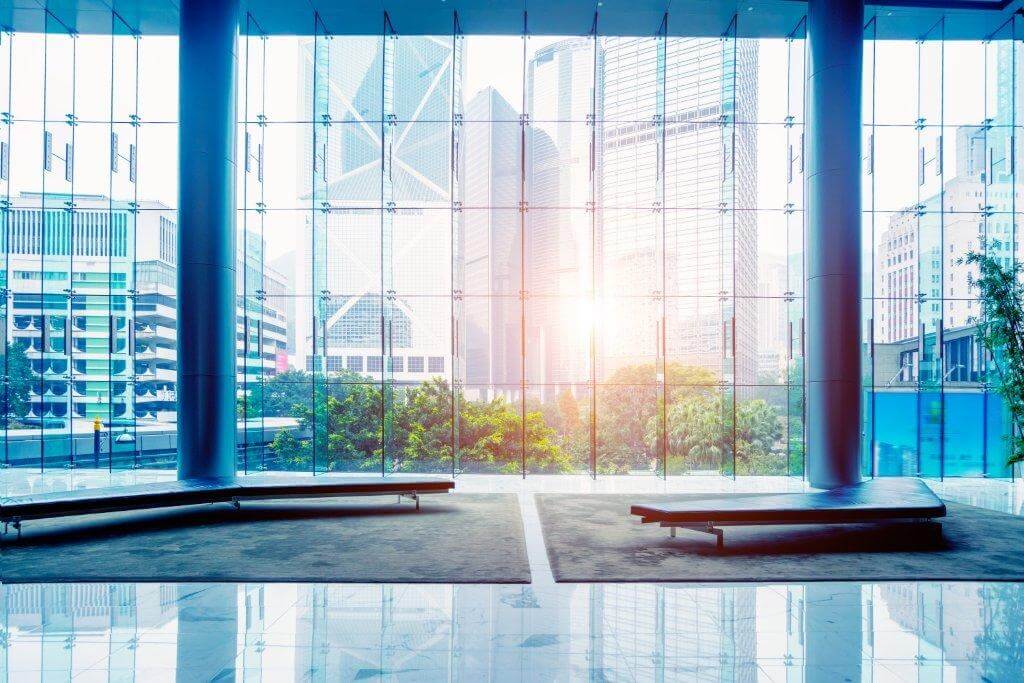By definition, a trend is transitory. Like the harem pant, some are thankfully brief. Others have a staying power that is directly related to their lasting relevance. They may endure and become habits or traditions.
Sometimes we miss when we try to identify trends with long-term potential. In 1977, Ken Olsen, founder of Digital Equipment Corporation, stated, “There is no reason anyone would want a computer in their home.” Oops.
In commercial real estate, it can be costly to ignore trends that have captured the imagination of the market. Identifying ideas with staying power is an important part of the planning and predictions we do as a part of our work.
Thanks primarily to the dominance of the Millennial generation, the office sector has undergone tremendous changes in the past decade. The Brookings Institute estimates that by 2025, millennials will make up 75 percent of the workforce, and their preferences have driven office amenity trends and created a more open, amenity-rich office concept. For many of these ideas, it may be time to stop calling them trends and start calling them the status quo.
Collaborative Space
One of the hallmarks of the millennial approach to work is a preference for collaboration and social interaction at work. This has accelerated the move toward a more open workplace design and away from individual offices.Forbes reports that over 70% of American employees now work in “open concept” offices.
Collaborative spaces include flexible options beyond the desk: small group meeting spaces, lounges and other casual workspaces, and the freedom to move around the workplace in the course of the day. As WiFi and mobile devices become more and more ubiquitous, it seems that this use of space will continue to dominate.
Neighborhood
Office space that is located in an amenity-rich neighborhood is also an important trend. Urban center spaces are in demand, with easy access to city perks like dining, entertainment, and public transportation as well as ample parking space. Increasingly, workers want to spend less time and money commuting, and want to live and play near the workplace.
Lifestyle Amenities
An office that’s designed to be a fun place to be attracts and retains top talent. Lifestyle amenities in the workplace may include comfortable cafes and lounges, outdoor space (including rooftop decks), and gourmet food selections. Companies are finding that productivity increases and absenteeism declines when work is a fun place to be.
Smart Design
The workplace is increasingly being designed with the welfare of workers as the top priority. Desirable features for the office include plenty of windows, since natural light has been shown to have a positive impact on mood and productivity.
Buildings with “smart” systems –heating and cooling, for example- not only make it easier for everyone to stay comfortable, they also save energy and make the workplace more sustainable. This is a big concern today, as reflected in the explosion of LEED certifications being issued to commercial buildings. In 2015, nearly a billion square feet of commercial space were LEED certified.
Anyone shopping for office space would do well to make note of these ideas. They’re increasingly important to establishing the type of workplace that attracts the best employees, and instrumental in making them want to stay.


